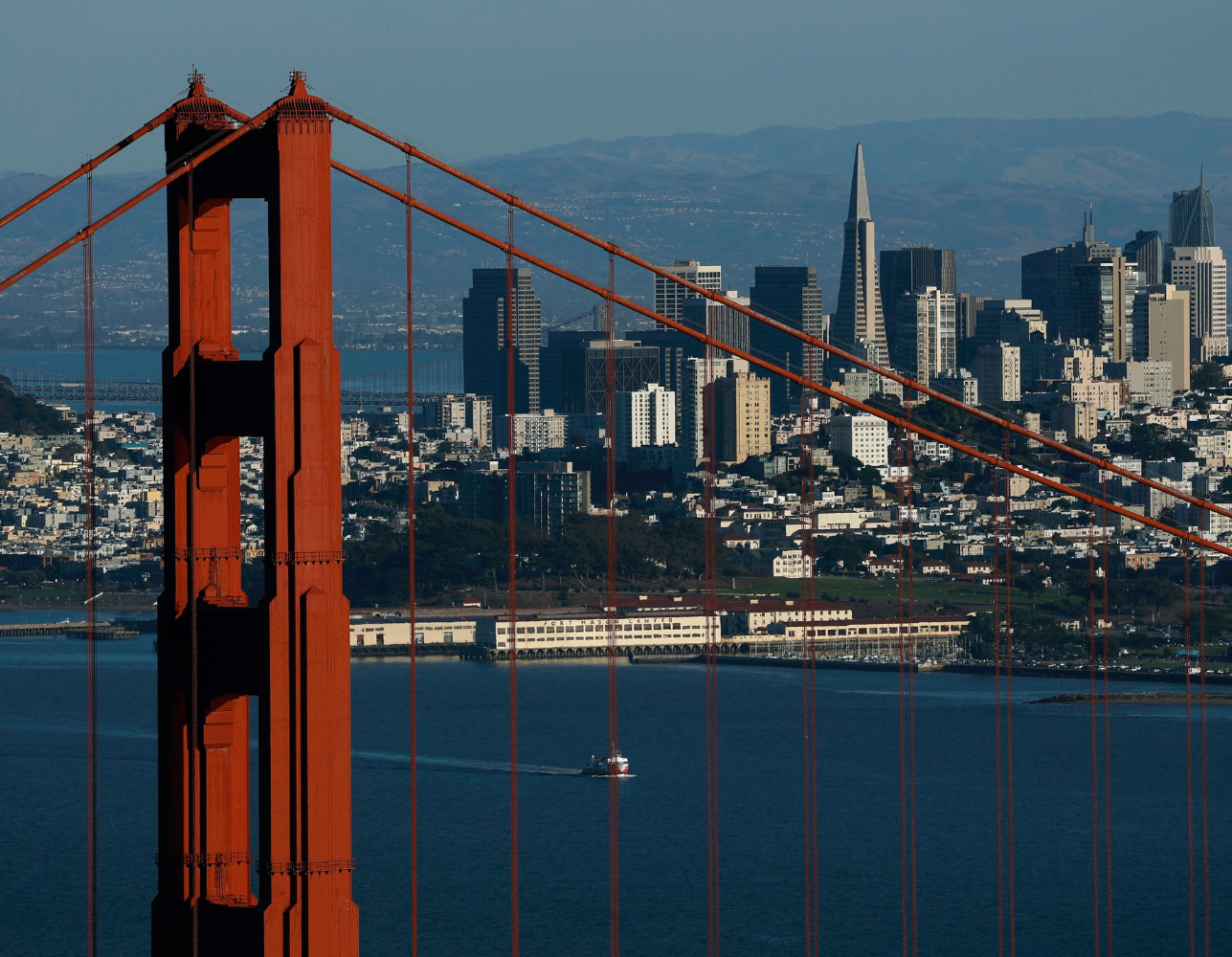The Federal Reserve left rates unchanged on Wednesday, delaying highly anticipated rate cuts that the central bank expects to make sometime this year.
The fed funds rate remains between 5.25% and 5.5%
“The Committee seeks to achieve maximum employment and inflation at the rate of 2 percent over the longer run,” the Fed said in a statement. “The Committee judges that the risks to achieving its employment and inflation goals are moving into better balance.”
This is the fourth meeting in a row that the Fed has not raised rates – the longest pause on the aggressive rate hiking cycle that started in March 2022.
The next opportunity for a rate move will take place at a meeting in March.
Speaking to reporters on Wednesday afternoon, Federal Reserve Chair Jerome Powell said inflation has eased noticeably over the past year but remains above the Fed’s goal of 2%.
“We are looking for greater confidence that inflation is moving sustainably down to our goal,” Powell said.
An aggressive series of rate hikes since last year has spurred an increase in borrowing costs for everything from mortgages to credit cards to auto loans. But the Fed has signaled that it plans to ease rates in response to falling inflation.
“We believe that our policy rate is likely at its peak for this tightening cycle and that if the economy evolves broadly as expected, it will likely be appropriate to begin dialing back policy restraint at some point this year,” Powell said Wednesday.
The rate decision arrives days after fresh data showed that the U.S. economy cooled in its latest quarter but performed much better than forecasters expected, boosting optimism about the nation’s prospects for averting a recession.
The resilient economic performance could relieve some pressure on the Fed to move quickly toward rate cuts.
Interest rate cuts would lower borrowing costs for consumers and businesses, potentially triggering a burst of economic activity through greater household spending and company investment.
But the Fed risks a rebound of inflation if it cuts interest rates too quickly, since stronger consumer demand could lead to an acceleration of price increases.
Federal Reserve Governor Christopher Waller said earlier this month that the central bank expects to cut rates this year, but it won’t be “rushed” to make the decision soon.
Deliberations at the Fed over a possible rate cut have come amid a flurry of positive indicators.
A jobs report earlier this month showed hiring in December remained robust and far surpassed expectations.
Still, inflation remains elevated. Inflation has fallen significantly from its peak of 9% last year but in recent months has encountered bumps in its path toward normal levels.
The pace of price increases stands more than a percentage point higher than the Fed’s target rate of 2%.
Those remarks helped send treasury yields soaring and major stock indexes tumbling. Since then, however, the stock market has moved steadily upward.
The Dow Jones Industrial Average closed above 38,000 for the first time last week, setting a record high. Since then, the index has ticked up more than a percentage point.
The recent surge follows a stellar showing for markets in 2023, driven in large part by optimism about the prospects for a “soft landing,” in which inflation comes down to normal levels while the economy avoids a recession.
The International Monetary Fund released a forecast on Tuesday voicing its expectation of a soft landing for the U.S. The U.S. will expand at an annual rate of 2.5% this year, the IMF said, predicting a slowdown from the previous year but an improved outlook from a prior forecast.




